He jumped from the top of the Kegon Falls 100 meters down. Out of utter desperation, because he didn’t see life after his grief. His suicide was big news in Japan. Soon another 200 people with the same idea followed. But why?
The Kegon Falls (華厳の滝) is one of the most beautiful waterfalls in Japan. During a visit to Nikko National Park, it should definitely not be missed. It is beautifully situated near lake Chuzenji and from a viewpoint, you can see the clear water clattering down.
But at the beginning of the last century, this waterfall was a famous place to commit suicide. For what is the reason that the sixteen-year-old Misao Fujimura (1886-1903) jumped down from the waterfall here on May 22, 1903? And why did another 200 people decide to follow his example? Read more about the history of this extraordinary waterfall and why, despite its dark history, you should pay a visit…
Planning a trip to Nikko National Park? In the Nikko National Park Travel Guide you will find the best historical sights, tips and ideas for an ideal time in the most beautiful park of Japan.
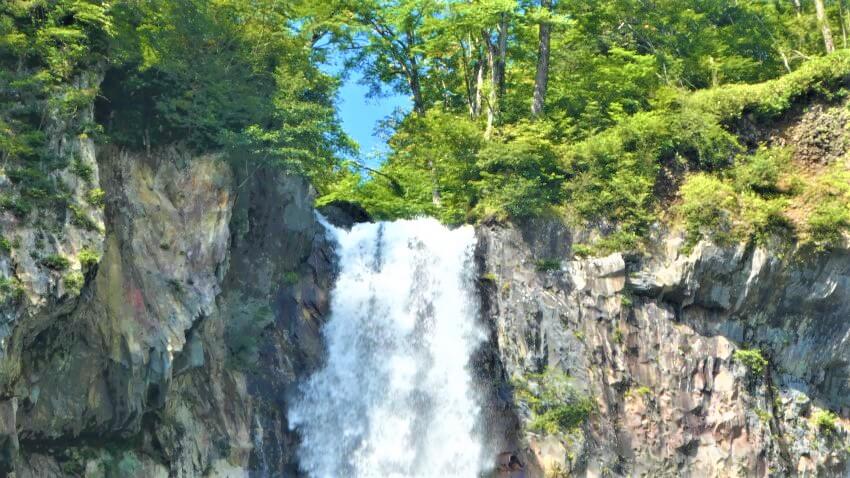
The sad story of Misao Fujimura at the Kegon Falls
Misao Fujimura was born on July 20, 1886 in Hokkaido, in the far north of Japan. At a young age, he graduated from high school in Sapporo and decided to study philosophy in Tokyo. During his studies, he met the beautiful girl Tamiko. Fujimura was madly in love with her, but she didn’t want anything from him. After several unsuccessful attempts, his heart was broken.
Very disappointed, he decided to go to Nikko National Park for a weekend. Probably with a plan, because on the first afternoon he decided to visit the Kegon Falls. At the top near the waterfall he carved a farewell poem in the tree. After finishing it, he decided to jump 100 meters down. Misao Fujimura could not cope with his heartbreak. He did not survive the fall and was finally buried at the Aoyama Cemetery in Tokyo.
The suicide of Misao Fujimura in Nikko National Park received a lot of publicity in newspapers and magazines. In 1903 another 16 people jumped down from the same spot. And in the following years, that number even increased to 200 people. Was it all about heartbreak?
Misao Fujimara, part of his farewell poem:¹
Despair and depression,
together they grow.
Hope shall meet hopeless
when there’s nowhere to go.
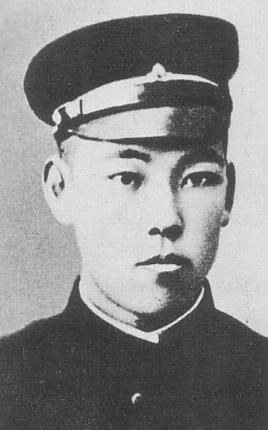
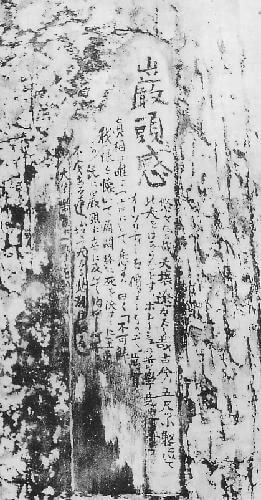
Source photo right: Japanese book “Pictorial History of Modern Japan Vol.6” published by Sanseido, 1903.
Emperor Meiji and the big change: Japan modernizes
When Mutsuhito (1852-1912) started his job as Emperor Meiji in 1868 at the age of 15, he completely opened up the Japanese border to foreign countries. Emperor Meiji was impressed by Europe and the United States and Western influences, ideas and technologies were adopted.
Internally Emperor Meiji made a number of changes. He installed a centralized bureaucratic government, a constitution was drafted and an elected parliament was a fact. The samurai was abolished and Japan created a modern and strong army. A transport and communication system was built within a very short time. The population went to school en masse. Everyone was supposed to participate in this Japanese transformation. In 1912, when Emperor Meiji died, Japan belonged to one of the most developed countries of the world.
Reading tip: Read more about emperor Meiji? Then visit the Meiji Jingu Shrine in Tokyo that was built in honor of this emperor. But first read the article Meiji Jingu Shrine | Commemorate the Emperor of Modernisation.
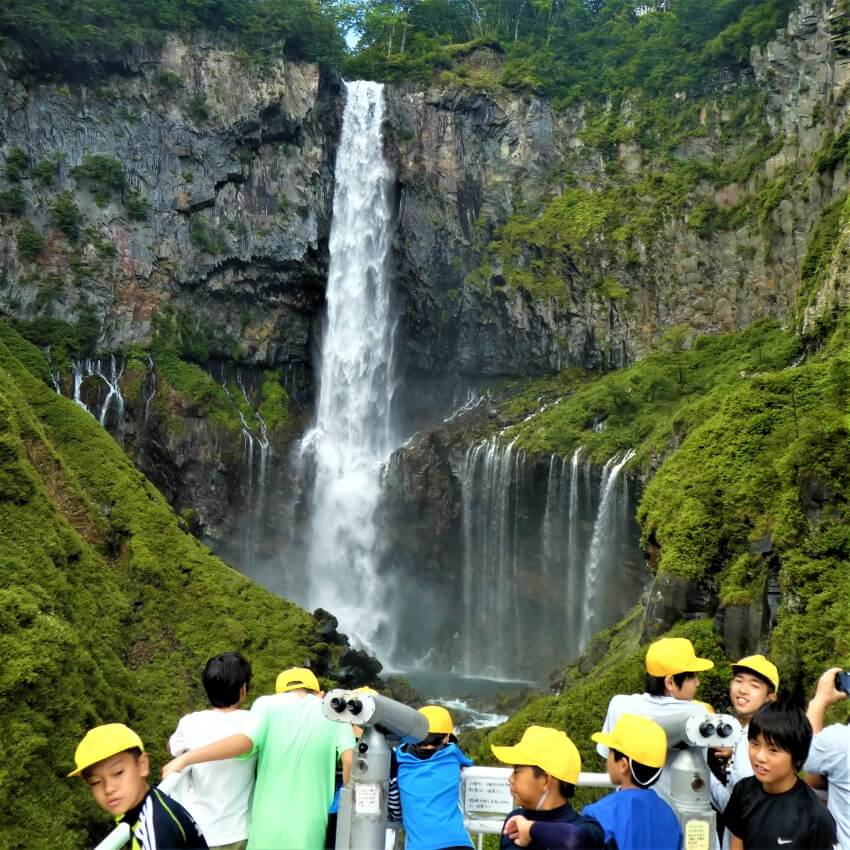
Professor Soseki explains: individualism and collectivity
Perhaps it was the Japanese writer and professor Natsume Soseki (1867-1816) who put his finger on the sore spot. In 1900 he left for England for 2 years. During his stay in England he developed a theory about the Japanese tradition with a Western vision. He was an advocate of western individualism.
The idea of Western individualism is that every individual is unique in its kind, irreplaceable and of value to society.
— Natsume Soseki
But according to Soseki, social life in Japan changed so rapidly that everyone was ‘forced’ to contribute in the service of the state/emperor. Not the individual, but the collective had to be the main focus.
By the way, Fujimura was a student of Soseki at the University of Tokyo. When Soseki wrote the book Kusamakura in 1906, chapter 12 was about Fujimura, who had passed away in the meantime. The professor concluded that Fujimura’s suicide was an act of his own free will and was committed because modernity demanded impossible expectations of the individual. And apparently not everyone could handle that. In any case, Japan changed so fast that not every individual could go along at that pace…

Sightseeing & Travel Tips around Lake Chuzenji
Don’t be distracted by this sad story of Misao Fujimura while visiting the Kegon waterfall. Above all, enjoy the beautiful waterfall that falls right in front of you. And if you want to stay a little longer at Lake Chuzenji, you’ll find some more tips and ideas below.
- Take a walk along the lake of Chuzenji. In the village you will find a number of temples that are well worth visiting, such as the Nikko Futarasan Jinja Chugushi Shrine. If you’re looking for a new love then this temple seems to be the right place to be.
- And if you still have a new love scored, then you can immediately take a boat trip together? This can be in a private boat in the shape of a swan or on a small cruise ship.
- Are you a lover of making spicy walks? Then climb the most important mountain of this area, Mount Nantai. When you get off the bus at the bus station of Chuzenji you will see the mountain in front of you. Good luck! Take your time for it.
Tip: A two-day bus ticket costs 3000 yen, a one-way Nikko to Chuzenji Onsen costs 1150 yen. Depending on how much time you have, a bus ticket for 2 days is relatively cheap. Check the Tobu-bus website for more information.
One of the most important temples in Nikko National Park is the Toshogu Shrine. This shrine is dedicated to one of the most important persons in the unification of Japan. Read about it in the article Toshogu Shrine | A historical explanation of this Golden Temple
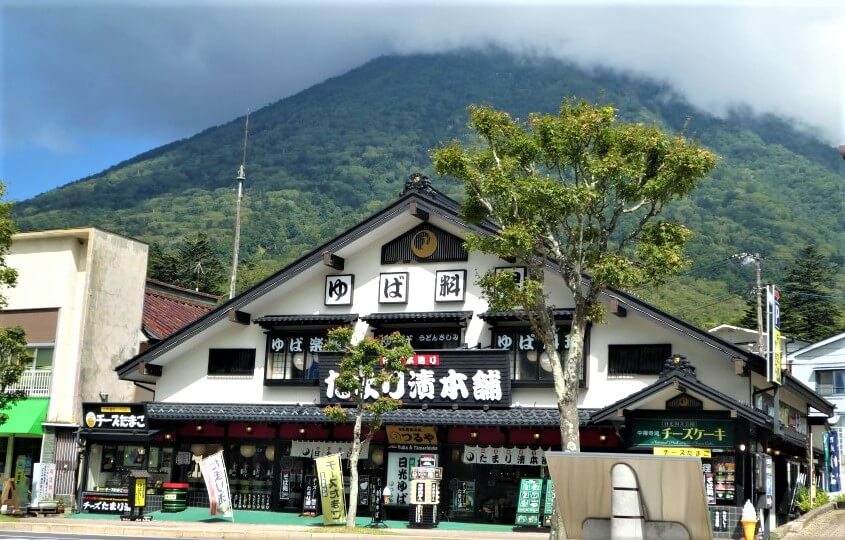
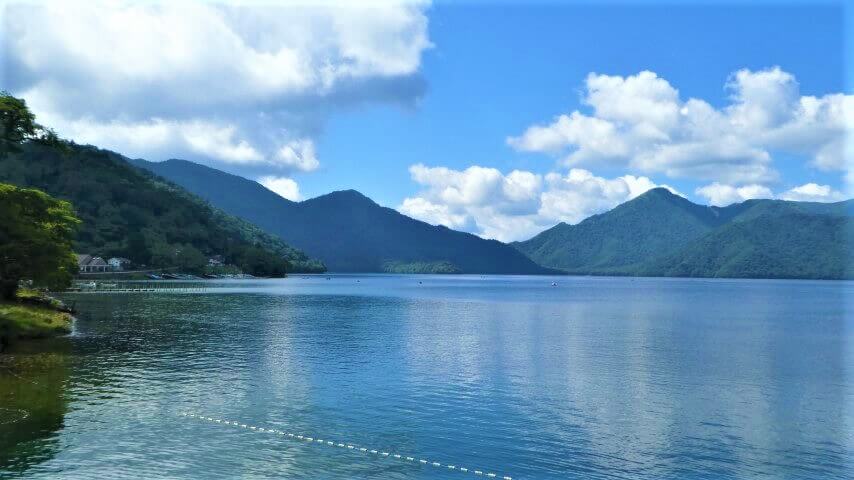
Practical Information about the Kegon Falls in Nikko National Park?
How to get to the Kegon Falls near Chuzenji Lake?
From JR Tobu Nikko Station it is a nice 40 minutes ride with hairpin bends to Chuzenji Onsen Bus stop. The entrance fee is 550 yen.
Opening hours?
The Kegon Falls in Nikko National Park can be visited from March-November 8-17 pm and December-February from 9-16.30 pm.
Do you have more tips, ideas or comments about Kegon Falls in Nikko National Park? Feel free to leave a message below!